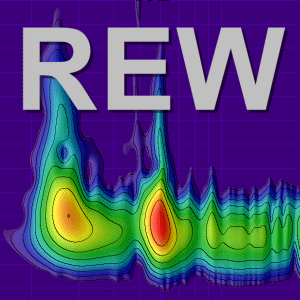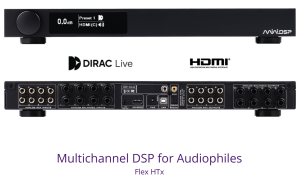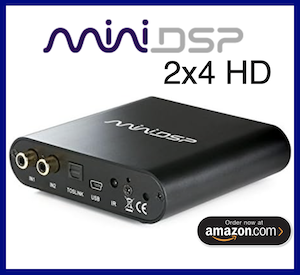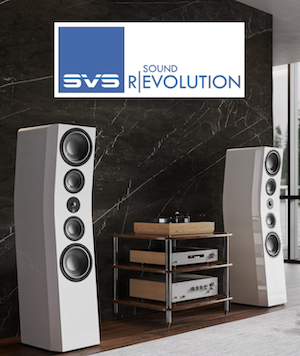tjcinnamon
Member
Thread Starter
- Joined
- Dec 6, 2020
- Posts
- 156
If I run an acoustic reference for my subs (ch4), I get a distance/timing measurement. However, for all of my other speakers I get values close to 0 or slightly negative. I've tried 7 different acoustic references and all of them result in the same distance/timing issue.
I've tried the latest build of REW 5.20.14ea15 and the latest stable 5.20.13. I've tried with FlexASIO and ASIO4All. I've tried in pure-direct mode and standard multi-channel with and without Audyssey
Attached is an MDAT of measuring my left channel with the acoustic reference on each of the 7 channels (ch4 can't go high enough to be an acoustic reference). Then I included one measurement of the reference for the sub which yields a result.
I'd be surprised if all my speakers had bad impulse responses that couldn't be measured but perhaps there's a setting? Both Audyssey and Dirac were able to get accurate/similar timing results. I'm using a Umik-1 calibrated by spectrum labs. Although my room isn't ideal it's fairly well treated.
Any ideas on why my non-subs won't yield a time?
I've tried the latest build of REW 5.20.14ea15 and the latest stable 5.20.13. I've tried with FlexASIO and ASIO4All. I've tried in pure-direct mode and standard multi-channel with and without Audyssey
Attached is an MDAT of measuring my left channel with the acoustic reference on each of the 7 channels (ch4 can't go high enough to be an acoustic reference). Then I included one measurement of the reference for the sub which yields a result.
I'd be surprised if all my speakers had bad impulse responses that couldn't be measured but perhaps there's a setting? Both Audyssey and Dirac were able to get accurate/similar timing results. I'm using a Umik-1 calibrated by spectrum labs. Although my room isn't ideal it's fairly well treated.
Any ideas on why my non-subs won't yield a time?














